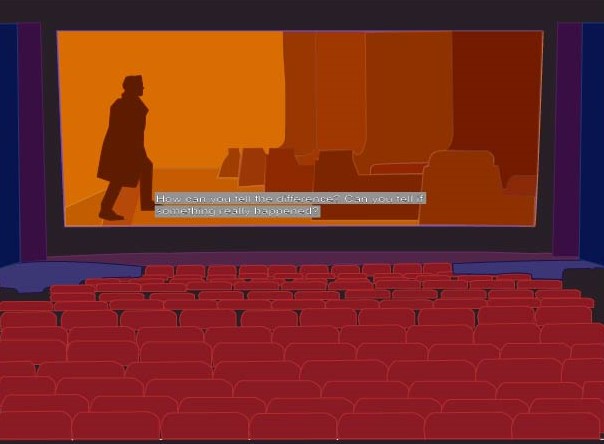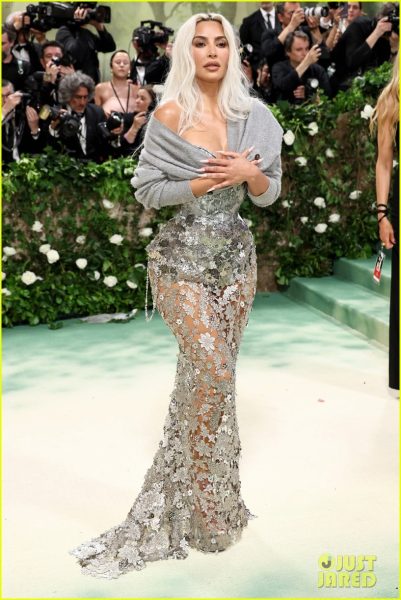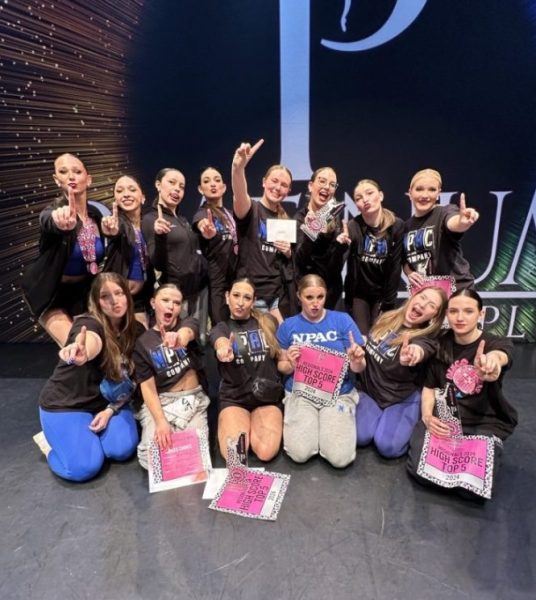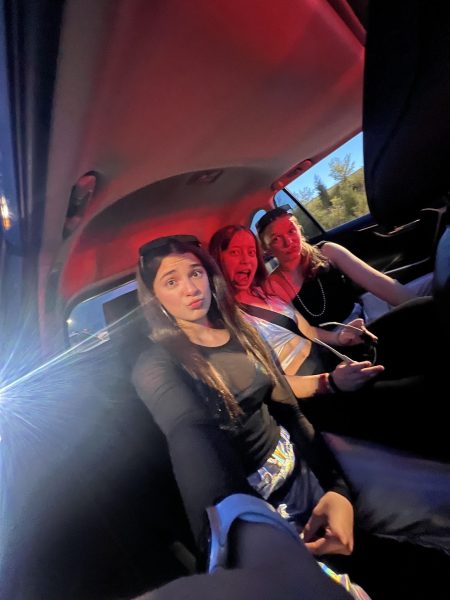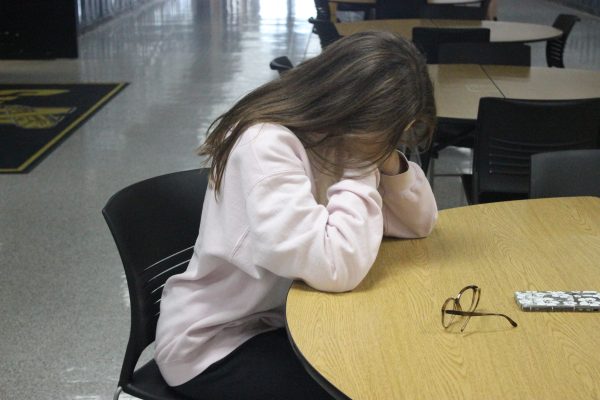Closed Captioning: Deaf community needs accessibility
More stories from Natalie Kuhn
You are sitting in history class trying to watch a clip of a film about one of many revolutions, but all of the dialogue is muffled and distorted. You cannot decipher what the information you’re supposed to be learning, not only affecting the worksheet you are supposed to fill out, but your grades too. Living with a hearing disability is incredibly difficult because not every piece of media you encounter has closed caption settings.
Accessibility for people’s individual needs is an important aspect in today’s world. There are specialized doors for mobility devices, specialized service animals for specific needs, but accessibility for non-visible disabilities is a much more difficult concept to administer.
Accessibility for hard of hearing (HOH) and deaf people is often overlooked past the point of sign language translators in day-to-day life, but making the media world a safe and usable place for HOH people is surprisingly forgotten. According to Gallaudet University’s research demographics, 37 to 140 people out of 1000 have troubled hearing and two to four of 1000 are “functionally” deaf. Media that is used online is often relied on by audio overlay that provides the information or entertainment. Many websites that use video media have closed caption settings for creators to edit and manually administer accurate captioning. Some companies have positions that are solely for caption transcription.
Unfortunately creators often rely on auto-generated subtitles that are, frankly, incomprehensible. Auto-generated captions can skip lines of dialogue, important instruction, or even just additional information as to what they are watching.
Whether you are watching a YouTube video that is showcasing a new trend or watching a new blockbuster movie in a theatre, a hearing-capable person would most likely need audio to understand. A HOH person would be able to comprehend some audio but often not higher tones, dialogue that is spoken quickly, or accents that are unfamiliar may become distorted or muffled so closed captions are necessary.
A person who is deaf would completely rely on closed captioning. All of these people would have significant trouble enjoying a piece of entertainment or learning using video media if it doesn’t have closed captioning. Closed caption mandating should be enforced to all forms of audio media including independent creator companies. All publishing needs to have closed captions to insure that all the hard work by developers is able to be consumed by all viewers.

